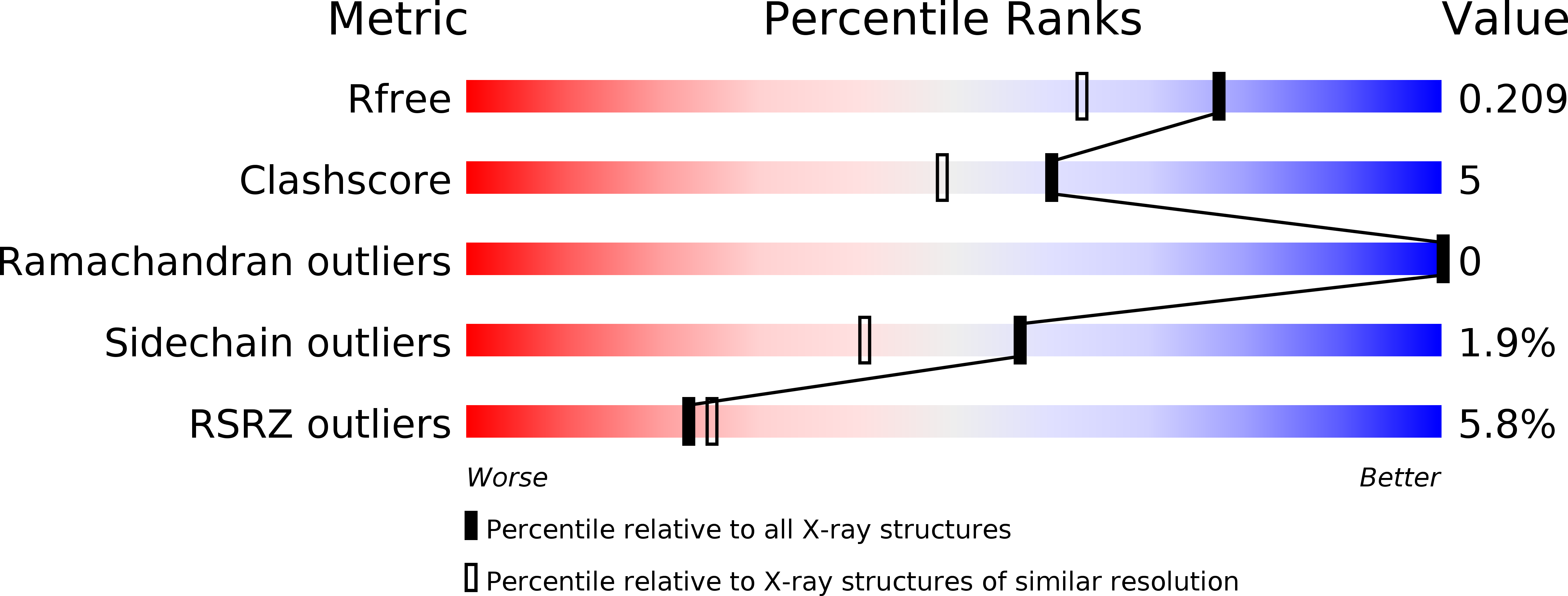
Deposition Date
2019-08-12
Release Date
2019-11-06
Last Version Date
2023-10-11
Entry Detail
Biological Source:
Source Organism:
Host Organism:
Method Details:
Experimental Method:
Resolution:
1.69 Å
R-Value Free:
0.20
R-Value Work:
0.18
R-Value Observed:
0.18
Space Group:
P 21 21 21


